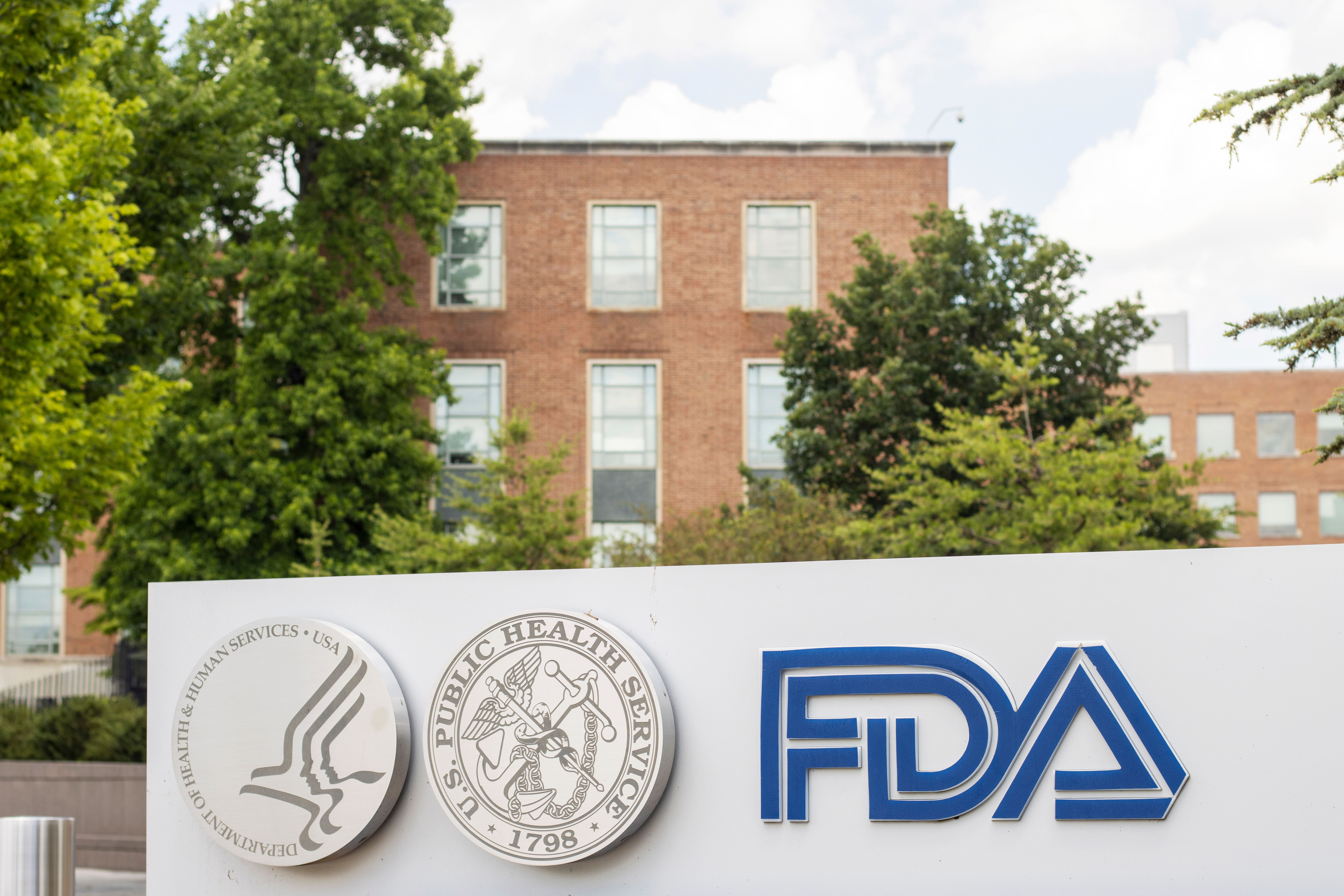- Acne
- Actinic Keratosis
- Aesthetics
- Alopecia
- Atopic Dermatitis
- Buy-and-Bill
- COVID-19
- Case-Based Roundtable
- Chronic Hand Eczema
- Chronic Spontaneous Urticaria
- Drug Watch
- Eczema
- General Dermatology
- Hidradenitis Suppurativa
- Melasma
- NP and PA
- Pediatric Dermatology
- Pigmentary Disorders
- Practice Management
- Precision Medicine and Biologics
- Prurigo Nodularis
- Psoriasis
- Psoriatic Arthritis
- Rare Disease
- Rosacea
- Skin Cancer
- Vitiligo
- Wound Care
Article
Practical considerations dog biologics
The fact that studies are frequently done at different locations, with different investigators and methodologies, further complicates matters.

"We've all seen pictures of patients, as well as patients - those of us who use biologics - going from tremendous psoriasis to almost none in case after case," says David M. Pariser, M.D., secretary/treasurer of the American Academy of Dermatology (AAD) and professor, department of dermatology, Eastern Virginia Medical School. "You can't ignore that. Biologics aren't a passing fad. They may not be treatments that last for years and years, but when you see psoriasis - especially difficult areas to treat, such as the nails - clear up, we're not used to seeing that with other treatments."
Definition of psoriasis The AAD defines serious or severe psoriasis (requiring systemic treatment) as that which affects 5 percent or more of the skin surface or that which affects the head and neck, genitalia or hands and feet. Assessing results of treatments developed for such patients can be difficult, however.
The fact that studies are frequently done at different locations, with different investigators and methodologies, further complicates matters.
"However, in the case of biologics for psoriasis, it's actually amazing how comparable the studies are. The patients, in general, tend to have very similar demographics - they're generally middle-aged, overweight, with psoriasis area and severity index (PASI) scores in the high teens or 20s. And in all the blinded, placebo-controlled studies where the primary endpoint is 75 percent improvement, the placebo rate of response is amazingly similar - exactly 4 percent. Furthermore, many of these studies are all done by the same investigators, and even on the very same patients, who often go from one study to another," he explains.
In such studies, active-treatment response rates range from around 20 percent for Amevive (alefacept, Biogen) to nearly 90 percent for Remicade (infliximab, Centocor)1-5.
"Basically," Dr. Pariser says, "the efficacy of the biologics is at least in the ballpark, and in the case of some biologics, greater than that of traditional treatments."
Concerns remain That said, concerns remain regarding drawbacks and safety profiles, not only for biologics, but also for many traditional treatments.
PUVA, for example, has been associated with development of squamous cell carcinoma and with a syndrome Dr. Pariser calls PUVA burnout.
"That doesn't mean you're burning the patients," he explains. "They just stop coming three times a week as they should."
Other problems Other problems associated with PUVA include slow onset of action and itching, as well as the fact that not all doctors possess the equipment necessary to administer it.
"The systemic agents methotrexate, cyclosporine and acitretin are limited by organ toxicity - renal toxicity and hypertension in the case of cyclosporine, possible lymphoma as well; hepatotoxicity and bone marrow toxicity with methotrexate. All of these drugs require monitoring, including liver biopsies with methotrexate. So these drugs are inappropriate in (many cases). And the teratogenicity of the retinoids makes them not acceptable to use in any female who ever plans to have a child," Dr. Pariser adds.
Alefacept Conversely, alefacept is considered very safe, with only about 10 percent of patients developing what's known as the "biologic flu," whose symptoms include headaches and itching.
Newsletter
Like what you’re reading? Subscribe to Dermatology Times for weekly updates on therapies, innovations, and real-world practice tips.











